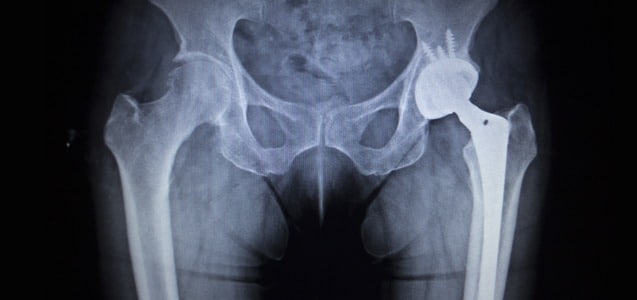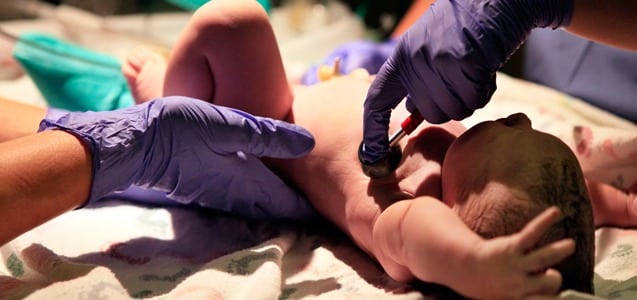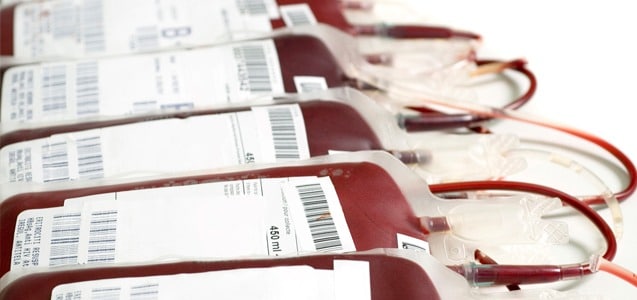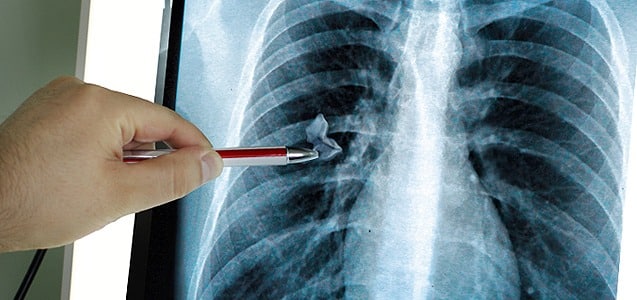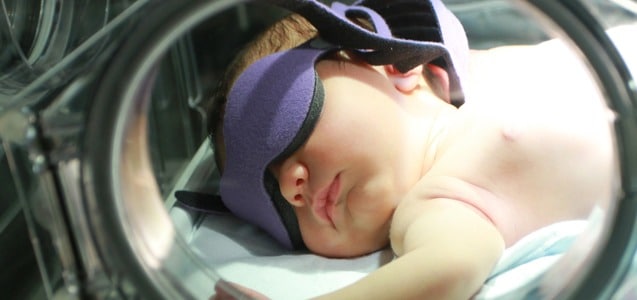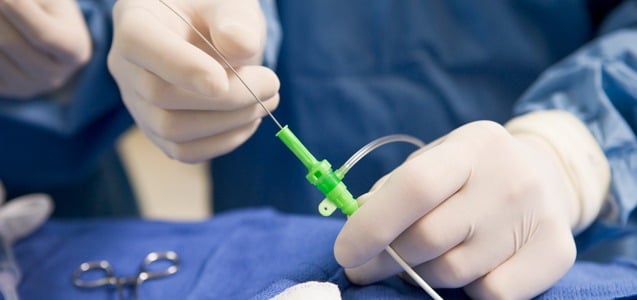New information shows greater insight into the negligent behavior of global medical technology company Smith & Nephew concerning its defective hip replacement products. After the recall of the Birmingham Hip Resurfacing device (BHR) in June 2015, evidence shows that the company failed to accurately inform both physicians and patients of the proper measures to take regarding these defective products. Smith & Nephew neglected to warn the public of the dangerous side effects and long-term consequences of the BHR. Due to this lack of action, more patients were harmed by these faulty products and doctors were not given essential information that could have prevented lasting pain and suffering.
Smith & Nephew falsely assured patients and the medical community of the safety and effectiveness of the BHR device. It posted misleading information on product labels and advertising platforms while having sales agents and employees repeat and spread unsupported security in the product. These efforts by the company to convince the public of the safety of the product directly influenced both patients’ and doctors’ decisions to use the implant. Smith & Nephew did this despite knowing the failure and complication rates of the BHR device.
Under federal law, Smith & Nephew was required to “describe serious adverse reactions and potential safety hazards” related to the BHR. The company’s failure to do so was an act of negligent behavior. The actions of Smith & Nephew were not unintentional, they were deliberate. The company even went as far as funding and publishing biased and misleading studies regarding the BHR implant. It used high profile athletes and celebrities to promote the safety of the faulty device, using money to push its agenda and grow sales. Smith & Nephew used all the resources in its power to downplay the dangers of their product. These actions have put thousands of hip replacement patients, who trusted the information given to them, in physical and economic disarray.
Our experienced lawyers fight for individuals who have been harmed by defective products. If you or a loved one has been injured or required revision surgery following a Smith & Nephew or other defective hip device, the attorneys at the Yost Legal Group will investigate your potential claim and lawsuit. For a free consultation, please call us at 1-800-YOSTLAW.
